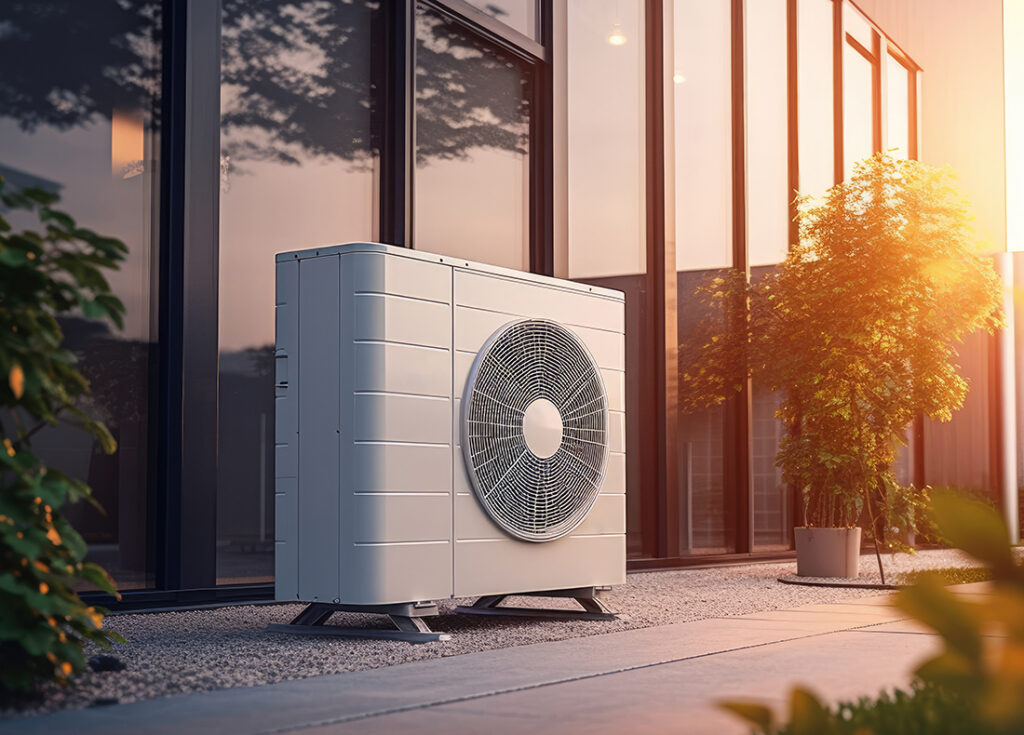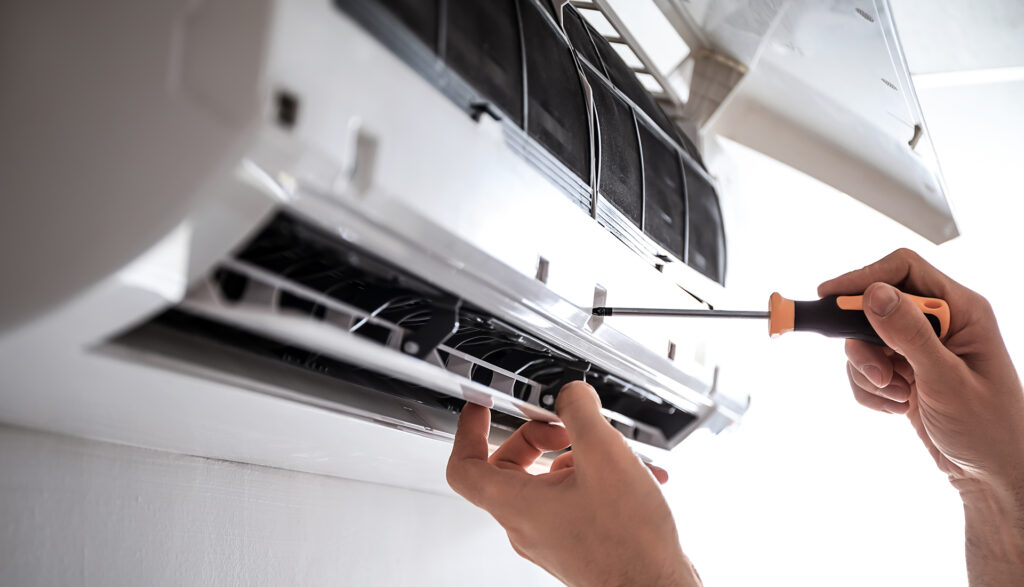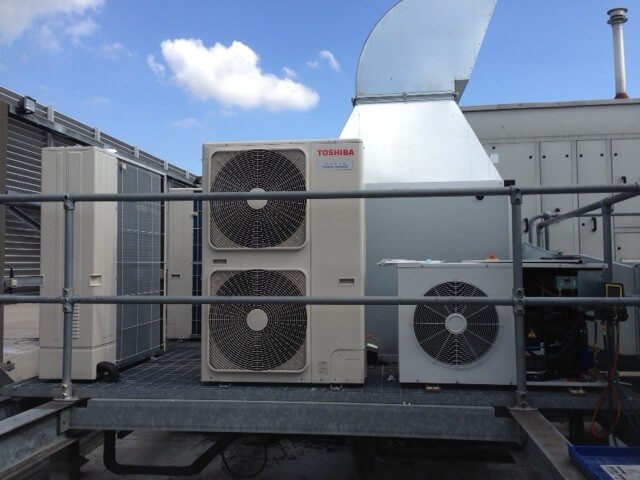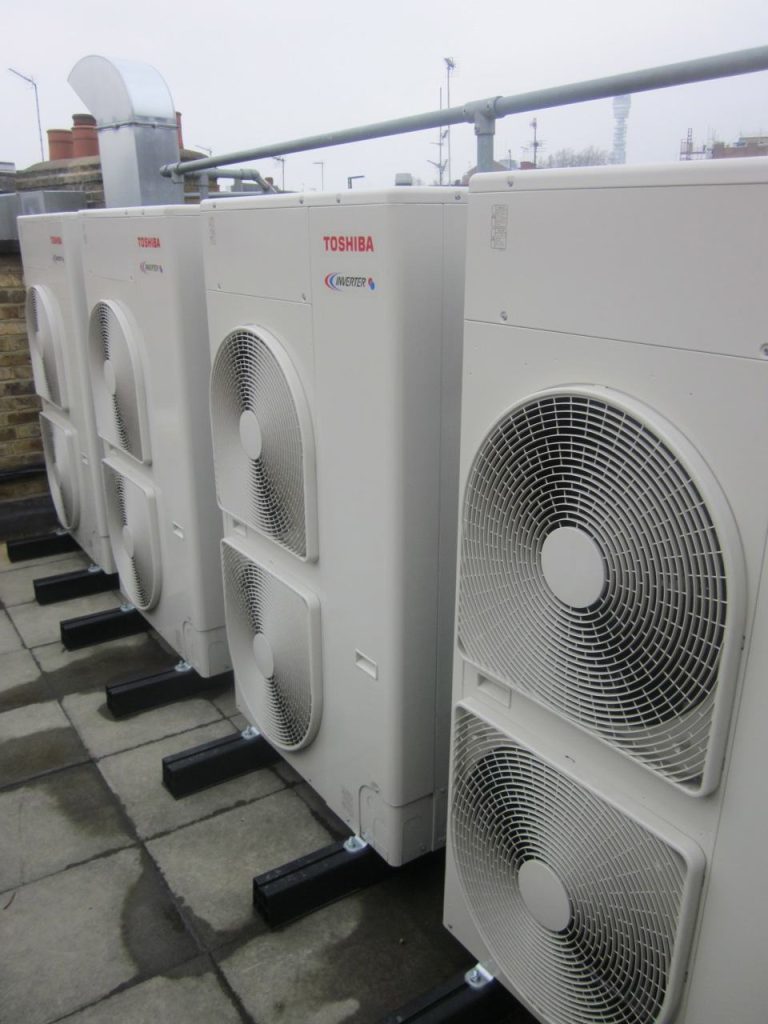Indoor Air Quality Is Often Overlooked – Ventilation Is Vital
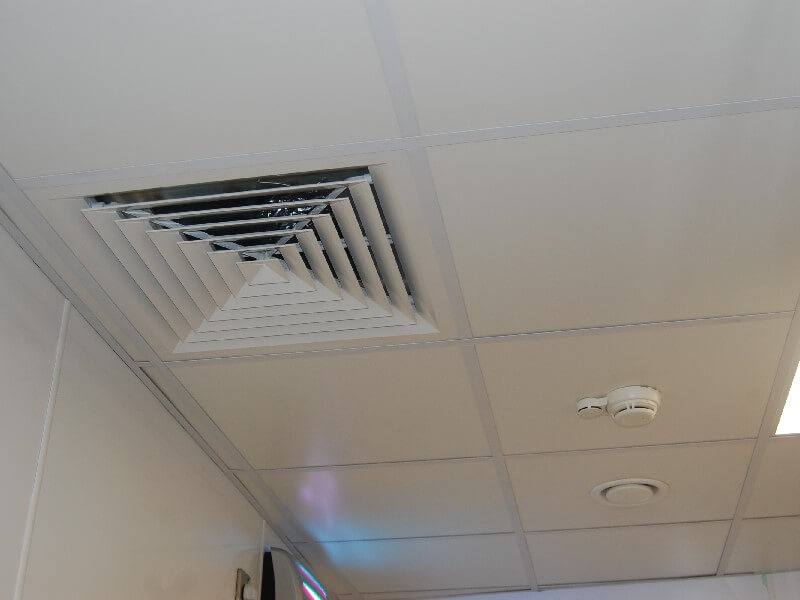
Estimated reading time 10 minutes
When we think about air pollution, we usually tend to think of the air we breathe outside. Much is made of the quality of outdoor air, however, it’s clear that the quality of the air we breathe indoors is just as important. Given that we spend 80-90% of our time indoors, indoor air quality can have a major impact across our lifetimes.
Every Breath We Take
In 2016 the Royal College of Physicians and the Royal College of Paediatrics and Child Health published a report of a working party called “Every breath we take: the lifelong impact of air pollution”.
The report examined the dangerous impact of air pollution on UK health and found that each year around 40,000 deaths could be attributed to outdoor pollution. The report went onto say that outdoor pollution had “been linked to cancer, asthma, stroke and heart disease, diabetes, obesity, and changes linked to dementia” and the cost of illness and premature death to health services and business “adds up to more than £20 billion each year.” The report also highlighted that air pollution within indoor spaces is “often overlooked” but is very important too “because we spend so much time inside”, “whether that is at home, at work, at school, in shops or in vehicles.”
Indoor Pollution Worse Than Outdoor Pollution
According to Clean Air day a study commissioned by environment charity Global Action Plan and undertaken by the National Air Quality Testing Services which used “state-of-the-art pollution monitoring equipment” to monitor levels of ultrafine particle pollution indoors and outdoors, over a 24-hour period, in London, Pontypridd, Liverpool and Lancaster found that “Indoor air pollution is 3.5x worse than outdoor air pollution and at its peak can be up to 560x higher.”
Professor Stephen Holgate, a leading health and air pollution expert said: “This study provides early indicators of the scale of the air pollution challenge that we face in the UK - not only on our streets but in our homes… Ultrafine particles have the potential to have greater health impacts than PM10 or PM2.5 because they can be more easily absorbed into the body. In addition, their minute size means they behave together like a gas, are able to pass through the lungs into the circulation and get taken up into cells where they exert damaging effects.”
Indoor Pollution Hasn’t Received Same Attention
A Nature article “Hidden harms of indoor air pollution — five steps to expose them” backs up the idea that outdoor pollution has received more attention and the now “improved standards and regulations” which have been guided by research, have “driven down emissions of particulates, nitrogen oxides and sulfur dioxide in many parts of the world.”
The article states that “Indoor air pollution hasn’t received the same attention, even though it might cause almost as many deaths globally — 3.2 million in 2020, according to the World Health Organization (WHO), compared with around 3.5 million linked to polluted outdoor air.”
Indoor Air Pollution Risk Factor
According to Our World In Data “Indoor air pollution is one of the leading risk factors for premature death.” They go onto say that “indoor air pollution is a risk factor for several of the world's leading causes of death, including heart disease, pneumonia, stroke, diabetes, and lung cancer.”
The UK government guidance “Health matters: air pollution“ states that a “1 µg/m3 reduction in fine particulate air pollution in England could prevent around 50,900 cases of coronary heart disease, 16,500 strokes, 9,300 cases of asthma and 4,200 lung cancers over an 18 year period.”
Asthma UK’s “What is Indoor Air Pollution” explains that poor indoor air quality can have an impact on health and has been linked to lung diseases like asthma, lung cancer and COPD as well as increased risk of heart disease and strokes. It goes onto say that “many common indoor air pollutants are small enough to get into the lungs and can make the symptoms of your lung condition worse.”
Asthma UK’s statement is backed up by journal articles and respiratory experts including research from the National Library of Medicine’s Viruses and non-allergen environmental triggers in asthma which states That “common triggers that lead to poor asthma control and exacerbations include respiratory viruses, aeroallergens, house dust, molds, and other organic and inorganic substances. Increasingly recognized non-allergen triggers include tobacco smoke, small particulate matter (e.g., PM2.5), and volatile organic compounds.”
Professor Louis-Jean Couderc, a respiratory specialist based in Paris, explains “Infectious agents play a key role in asthma, in combination with environmental factors and allergies. These three mechanisms exacerbate one another. Getting rid of airborne allergens and improving indoor air quality are therefore the first stages in treating respiratory allergies.”
Where Does Indoor Air Pollution Come From?
There are three types of indoor air pollution within the home and workplace: particulate matter (PM), volatile organic compounds (VOCs) and gases.
Indoor air includes pollutants which come from a number of sources and can be generated in a variety of ways resulting in poor quality indoor air including those from outdoors as well as from sources generated from the indoor environment. This includes vapours produced from building materials and furniture e.g. pressed word, formaldehyde-based plywood, fibreboard; vinyl flooring, laminates, linoleum, cork, wall coverings, coatings and adhesives, allergens, mould and viruses. Activities such as cooking and cleaning, smoking and burning fossil fuels also generate particulate matter, increasing indoor air pollution.
Building Materials
The construction materials from which buildings are built, and the materials used to decorate the interiors are all potential sources of indoor air pollution as they contain VOCs, semi-volatile organic compounds (SVOCs), and carbonyl compounds (including formaldehyde).
Furniture and Furnishings
One of the many sources of indoor air pollution is furniture. Some furniture can contain VOCs, formaldehyde as well as other harmful substances from the varnishes, lacquers and adhesives used. Carpets and other flooring can also be a source of VOCs. Soft furnishings which have been treated with retardant chemicals which can also cause indoor air pollution.
Allergens
Every day we come into contact with a large range of indoor allergens. These include pollen, dust and dirt, pet dander, insects and house dust mites. Allergens can be released into the air and lead to allergic reactions including headaches, blocked or runny noses, itchy or watery eyes and sleep disturbances.
Mould
Mould thrives in warm and damp environments. Where there is high humidity, it can lead to mould growth. Mould reproduces through spores which are small enough that they are invisible to the naked eye. The spores float round in the air and attach themselves or spread to other surfaces. Given the right conditions spores can form new mould colonies. Once in the air mould spores can cause a variety of symptoms including allergic reactions such as eye irritation, nasal issues and general itchiness as well as respiratory problems when breathed in.
In 2021-2022 the English Housing Survey found that 935,000 households were living with damp. In 2022-2023 the English Housing Survey estimated the number to have risen to 1 million. Research in late 2023 by University College London (UCL) put the number of homes suffering from damp and mould at 6.5 million.
The Fellowes 2023 annual Workplace Wellness survey found that of those workers who had responded that their workplace air quality was poor, 33% found humidity levels an issue, 25% detected mould, dust, and airborne particles.
Cooking
Cooking on a modern stove can result in the release of particulate matter. A study found that some cooking activities produced high levels of PM2.5 which pose a risk to the respiratory system.
Cleaning
Cleaning products like furniture polish, carpet cleaner and air fresheners emit volatile VOCs. The concentration of many VOCs are up to 10x higher indoors compared to outdoors. A new study by the University of York and the National Centre for Atmospheric Science has revealed that “Aerosols now release more harmful smog chemicals than all vehicles in the country”.
Vacuuming can also be a source of particulate matter from the vacuum motor and from the resultant disturbed dust which then resettles. Insecticide sprays that are used in the home can result in the release of VOCs.
Smoking
Indoor pollutants can come from the smoking of cigarettes, cigars or pipes which release carcinogens. According to Asthma UK cigarette smoke can remain at harmful levels for up to five hours. Scented candles and incense sticks can also release “particles and other matter” as they burn. Some scented candles contain VOCs. Incense sticks have been found to discharge over 100x more fine particles into the air than scented candles.
Sprays and Aerosols
Personal cleaning products, especially those which come as a spray or aerosol, like body sprays, perfumes, nail polish and shower gels often contain VOCs.
Burning Fossil Fuels
Wood or coal burning stoves, open fires and portable gas heaters release particulate matter, carbon monoxide and various other pollutants into indoor air. Burning wood on stoves or open fires is the largest producer of particulate matter in the UK.
“Airtight Buildings and Poor Ventilation Adding To Health Problems”
According to a study by Glasgow School of Art’s Mackintosh Environmental Architecture Research Unit (MEARU) airtight buildings and poor ventilation are adding to the level of major health problems.
MEARU studied 200 modern homes and found widespread evidence of poor ventilation. The head of Mearu, Professor Tim Sharpe explains “Modern homes are increasingly airtight and can also contain a great number of pollutants and chemicals, many of which can have serious health effects… There are clear links between poor ventilation and ill health, so people need to be aware of the build-up of CO2 and other pollutants in their homes, and their potential impact on health.”
Ventilation Is Vital In the Home and Workplace
The December 2022 annual report by England’s Chief Medical Officer at the time, Chris Witty, states that “The role of ventilation is central to reducing unavoidable indoor air pollution, and this is an important difference from addressing outdoor air pollution. A critical engineering challenge is getting the best solution for maximising ventilation, while keeping buildings warm in winter and cool in summer, and minimising energy and therefore carbon use.”
It’s clear that when it comes to indoor air pollution ventilation can make a big difference to indoor air quality. An effective ventilation system can dramatically improve air quality by:
Removing Contaminants
A ventilation system will filter the incoming air and remove a variety of contaminants including airborne particulates, dust, dirt, pollen and other allergens.
As long as a ventilation system is properly maintained, filters are cleaned or replaced as required your ventilation system will filter out particulates, dust and germs which will help to improve the quality of the air within a building.
Reducing Condensation
High humidity generated through everyday activities where ventilation is poor can lead to moisture and condensation forming indoors on windows, walls and ceilings. As a result of humid conditions mould (also known as mildew) can grow. Mould reproduces through spores. These spores are small enough that they are invisible to the naked eye and can float round in the air and attach themselves or spread to other surfaces. These spores then act as allergens and irritants.
A ventilation system will control moisture levels and dehumidify the air, preventing the growth of mould.
Heating, Ventilation and Air Conditioning Installation and Support
Synecore are experts in commercial and home heating, ventilation and air conditioning. We are at the forefront of technological changes in the HVAC industry. It’s worth noting that, unlike many independent installers, Synecore offers both design and installation services. Both elements are critical to the effectiveness of your new heating, ventilation and air conditioning system, but not all contractors have the in-house facilities to offer both.
We provide the installation of high-quality products from leading manufacturers and our customers benefit from our 10-year warranty when they sign up to our cost-effective planned preventative maintenance plans that offer complete peace of mind.
To book a free survey, please speak to our team on 01795 509 509 or via our contact form.
